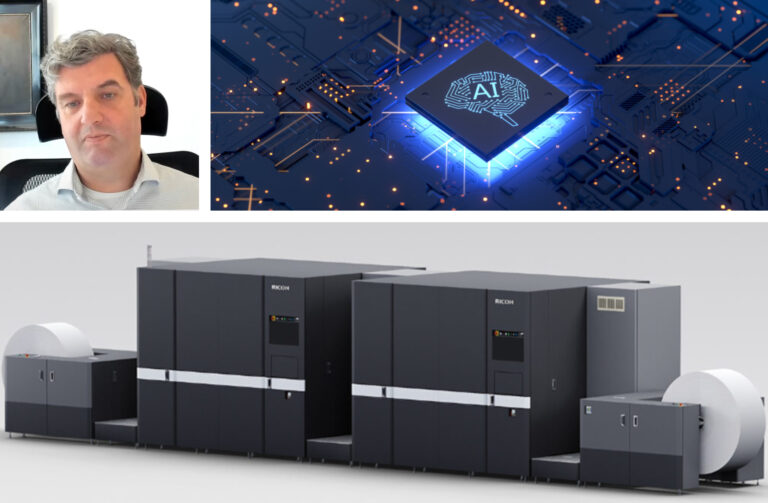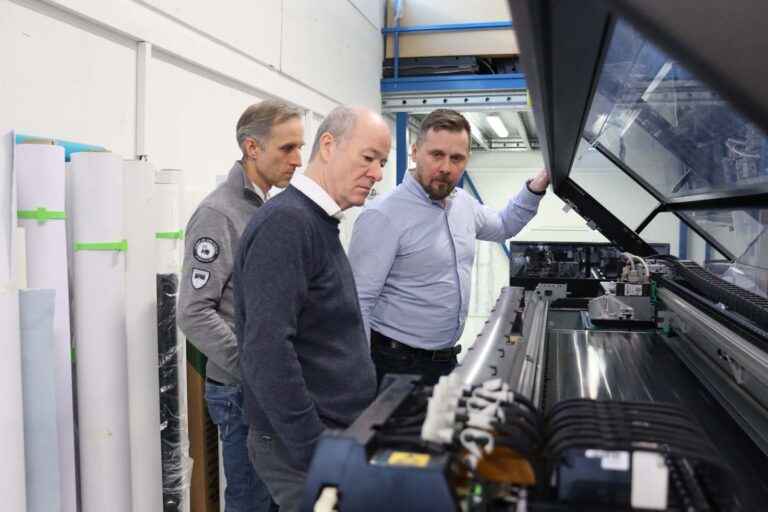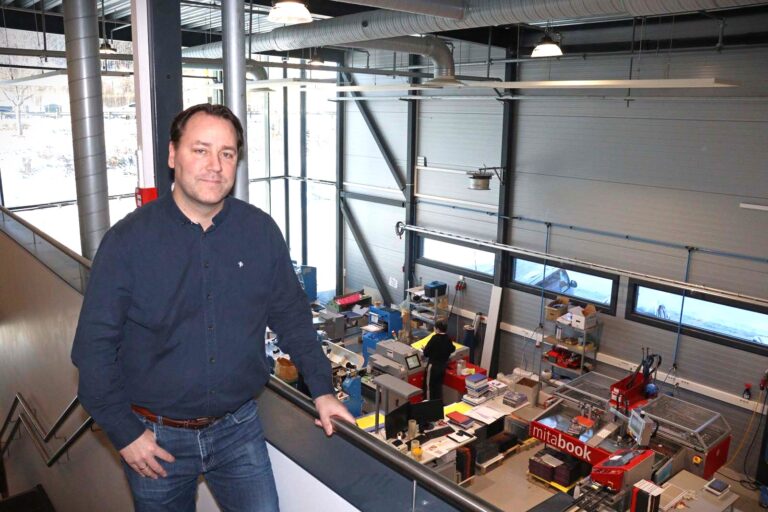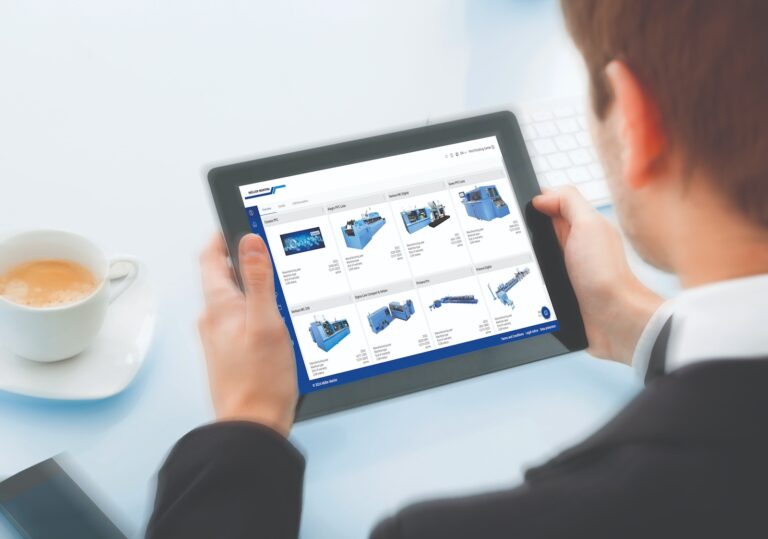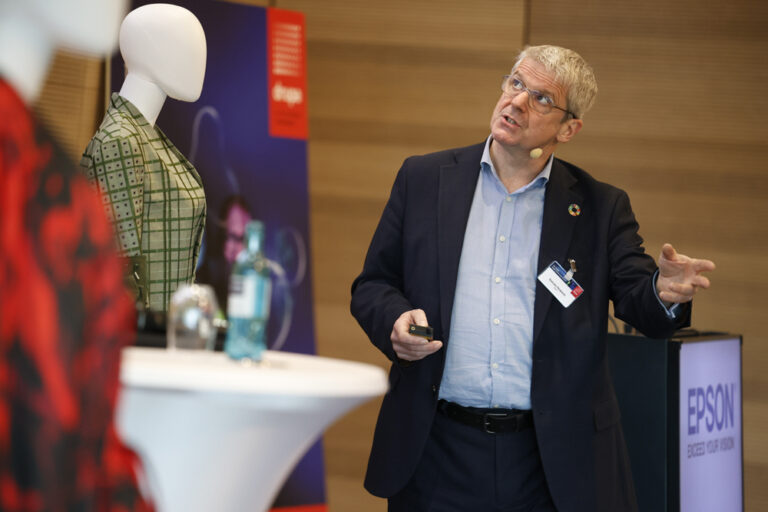Visst hadde det vært flott å få et korrekt bilde av den totale, faktiske kostnaden for ulike maskiner for digitaltrykk. I den nedenstående artikkelen skriver Laurel Brunner om hvordan ISO 20690 kan hjelpe oss med å regne ut de totale kostnaden. Artikkelen er på engelsk.

Equipment buyers these days make their investment decisions based on various criteria. They consider the overall capital cost, the cost of finance, monthly service charges, consumables costs, support and space. They will also try to factor in the energy cost of a piece of kit, if that is possible.
ISO has recently completed a new standard that indeed makes this possible. Jointly authored by FOGRA, the German Research Institute for Media Technologies and Ricoh Europe, one of the graphics industry’s most active sustainability supporters, this document has now been published. ISO 20690 (Graphic technology — Determination of the operating power consumption of digital printing devices) does exactly what it says on the tin. The document simplifies and makes more accurate the process of determining energy usage for digital presses. This will make it far simpler to compare the operating costs of these devices, as well as their overall carbon footprint. The new standard is a natural partner to ISO 16759 (Graphic technology — Quantification and communication for calculating the carbon footprint of print media products) which was developed in the same ISO committee as ISO 20690.
Calculation of energy usage is commonly made on the basis of a device’s connected load. The connected load is the total load, measured in watts, of components connected to a machine’s electricity supply system. This includes interface panels, on/off lights, onboard computers and so on, and they get included in an energy calculation even if they are not operating. This means that a connected load calculation is not particularly accurate or precise, nor does it make for fair comparisons.
ISO 20690 takes instead the demand load approach, so that calculations are based on the actual amount of electrical load on an electrical circuit. Using ISO 20690 owners as well as manufacturers can accurately establish the actual energy usage of a digital printer. This makes it much easier to compare the energy footprints of different digital printing devices. Jonny Dörig Product Manager Digital at Gallus Ferd a label and general print provider in Switzerland, has already implemented ISO 20690 and told us that “the new ISO 20690 has… enabled us to simply and quickly capture the energy efficiency of our printing system.”
ISO 20690 is intended for use in digital printing systems designed to run a single job over a long time period, so it is particularly relevant for book and transactional printing systems. Its requirements are based on calculating the kilowatt hours required to print 1000 A4 sheets, using a standard test sheet. In following the requirements in this document, it is expected that operating costs will be more accurate and that this information will aid investment planning. Also manufacturers will have benchmark figures against which they can compare the energy usage of new technologies. ISO 20690 will also be handy in geographies such as Germany, where subsidies are available for companies investing in more energy efficient equipment.
– Laurel Brunner
This article was produced by the Verdigris project, an industry initiative intended to raise awareness of print’s positive environmental impact. This weekly commentary helps printing companies keep up to date with environmental standards, and how environmentally friendly business management can help improve their bottom lines. Verdigris is supported by the following companies: Agfa Graphics, EFI, Fespa, HP, Kodak, Kornit, Ricoh, Spindrift, Splash PR, Unity Publishing and Xeikon.



